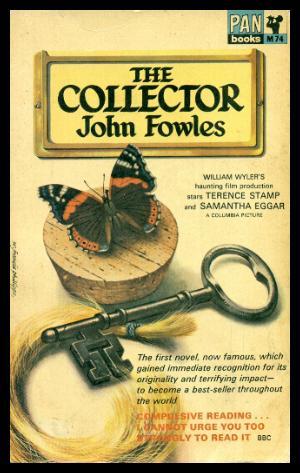Plotting a story is often
difficult for many (most?) writers. This post may make the job a bit
easier.
According to Aristotle's
analysis, a plot consists of three interrelated parts, among which
there is a series of cause-and-effect relationships. Every story (or
play, which is what he was analyzing in Poetics)
has a beginning, a middle, and an end. (The ancient Greek plays he
watched were three-act plays.)
With
this structure in mind, the basic plot formula of 1. CAUSE, 2.
ACTION, and 3. OUTCOME can be used to generate many specific plot
models. Any of the models can produce either a comedic or a tragic
outcome, depending on its development.
Here
are a few such models, some with an example from a book, a short
story, or a movie.
- Problem
- Solution
- Outcome
Example:
As Good as It Gets
- Seduction
- Sex
- Outcome
Example:
Fatal Attraction
- Masquerade
- Unmasking
- Outcome
Example:
The Crying Game
- Victimization
- Vengeance
- Outcome
Example: Sudden Impact
- Stalking
- Assault
- Outcome
Example: Buffy the Vampire Slayer (TV series)
- Temptation
- Resistance
- Outcome
Example: Joan of Arc (LeeLee Sobieski)
- Options
- Selection
- Outcome
- Submission
- Dominance
- Outcome
Example: The Story of O
- Dominance
- Submission
- Outcome
Example: The Collector
- Role
- Reversal
- Outcome
Example: The Final Girl
- Curiosity
- Experiment
- Outcome
Example: The Moviegoer
- Anxiety
- Confession
- Outcome
- Opportunity
- Pact
- Outcome
Example: Faust
- Twins
- Swap
- Outcome
Example: The Parent Trap
- Twins
- Share
- Outcome
- Dissatisfaction
- Novelty
- Outcome
Example: The Wizard of Oz
- Change
- Adaptation
- Outcome
Example: King Henry IV, Part II
- Threat
- Response
- Outcome
Example: Alien
- Isolation
- Challenge
- Outcome
- Novelty
- Trial
- Outcome
- Process
- Change
- Outcome
Example: The Fly
- Perspective
- Violence
- Outcome
Example: Death Wish

No comments:
Post a Comment